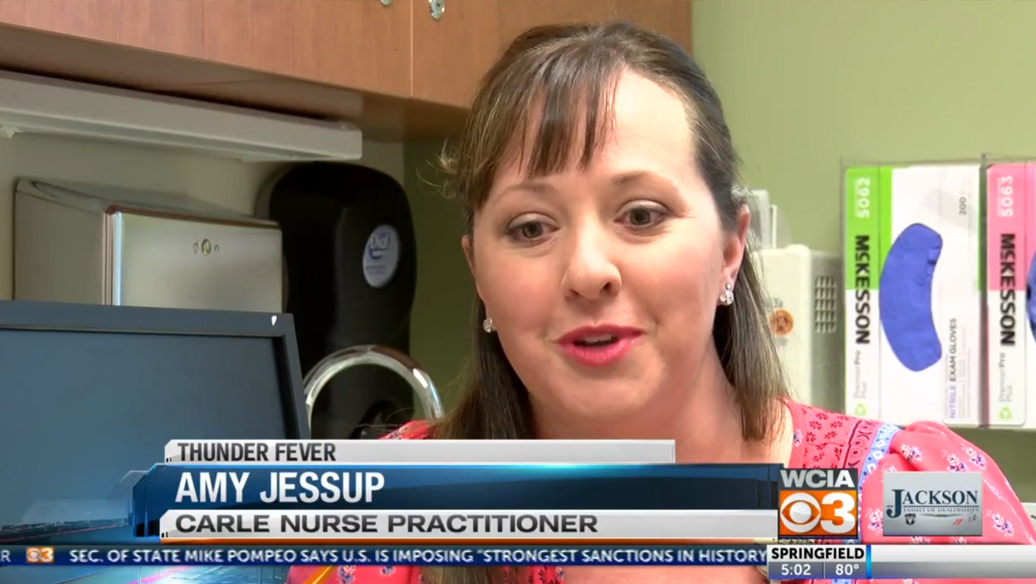[tm_pb_section admin_label=”section”][tm_pb_row admin_label=”Row”][tm_pb_column type=”4_4″][tm_pb_divider admin_label=”Divider” color=”#ffffff” show_divider=”off” height=”50″ height_last_edited=”on|phone” divider_style=”solid”]
[/tm_pb_divider][/tm_pb_column][/tm_pb_row][tm_pb_row admin_label=”Row”][tm_pb_column type=”1_2″][tm_pb_text admin_label=”Text” text_orientation=”justified” use_border_color=”off” border_color=”#ffffff” border_style=”solid”]
MONTICELLO, Ill. (WCIA) — If you think your allergies have been bad lately, you’re right.
The past week has been a nightmare for people with seasonal allergies and asthma, with high pollen, high humidity and high pressure creating the perfect storm and heightening the risk of asthma attacks.
People call the phenomenon thunder fever because it usually happens when there are thunder storms in the forecast. Doctors say high humidity and high pressure break up the pollen and help it spread, making it easier for people to inhale. That can trigger allergies and, in turn, asthma. In Australia in 2016, a single day of thunder storm-related asthma events caused nine people to die.
Allergists say it’s best for sufferers to stay inside with the windows closed and the air conditioning on, in addition to taking daily allergy medicine, which is most effective if you start taking it two weeks before allergy season starts. If your asthma or allergies are severe, you can also wear a mask outdoors.
Source: Illinois News
[/tm_pb_text][/tm_pb_column][tm_pb_column type=”1_2″][tm_pb_text admin_label=”Text” text_orientation=”left” use_border_color=”off” border_color=”#ffffff” border_style=”solid”]
[/tm_pb_text][/tm_pb_column][/tm_pb_row][tm_pb_row admin_label=”row”][tm_pb_column type=”4_4″][tm_pb_divider admin_label=”Divider” color=”#ffffff” show_divider=”off” height=”20″ height_last_edited=”on|phone” divider_style=”solid”]
[/tm_pb_divider][/tm_pb_column][/tm_pb_row][/tm_pb_section]

